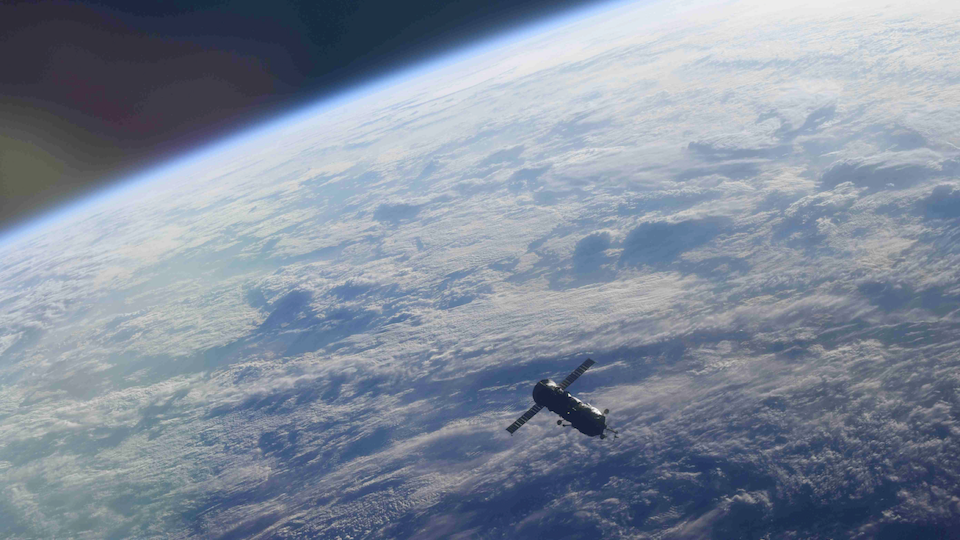UN World Climate Report: 1.5 degrees is nearly out of reach
Created at 13.August 2021, 13:52 | Category: News
In its new report, the Intergovernmental Panel on Climate Change documents how global warming is changing the world. This is happening much faster than previously assumed.

The Intergovernmental Panel on Climate Change (IPCC) presented its new report on Monday. In it, the working group describes that there will be increasingly extreme weather events and that global warming could possibly exceed 1.5 degrees Celsius as early as 2030. In the early thirties, this mark would even be reached with a “high probability”.
The World Climate Report was written by more than 230 researchers from 66 countries. They reviewed and assessed around 14,000 studies on climate change. The summary for political decision-makers was unanimously approved by the 195 IPCC member countries. “So these governments are in on it, which means no one can say afterwards: I had nothing to do with it,” said Jochem Marotzke of the Max Planck Institute for Meteorology.
The almost 4,000-page report that was published on Monday is much more precise than its predecessors thanks to technilogical advances, making the results all the more drastic. Rising sea levels, melting ice, heat waves, droughts and heavy rainfall could be predicted much more reliably than before. The researchers were also able to address regional climate changes, such as in Western Europe.
It is now clearer than ever that virtually all of global warming compared to pre-industrial levels is due to human activity, said the second co-chair of the committee, Panmao Zhai. The CO2 content of the atmosphere has increased by 47 per cent since the beginning of industrialisation, and methane is 156 per cent more abundant. Global warming is also progressing faster than was anticipated in the 2018 interim report.
1.5 degrees already partially exceeded
In the past decade, the average global temperature was about 1.1 degrees Celsius higher than in the years from 1850 to 1900. On the surface of the earth, the increase was even 1.6 degrees. The increase in temperature is still being mitigated by other human-induced factors. For example, global air pollution reduces the average temperature by about 0.5 degrees, because aerosol particles reflect sunlight into space and have a cooling effect. However, it also causes other problems, such as a decrease in global monsoon precipitation and deteriorating air quality.
Depending on the scenario, however, the temperature increase will exceed the critical value of 1.5 degrees Celsius in 20 years at the latest. This is now almost unavoidable. After all, humanity has already used up almost all of the CO2 budget that should not be exceeded for this purpose: 400 to 500 gigatonnes could still be released into the atmosphere before the increase in temperature becomes too high. However, annual greenhouse gas emissions in 2018 amounted to 42 gigatonnes, which means there are not even ten years left. An “immediate, rapid and widespread reduction in greenhouse gas emissions” could at least still limit the figure to between 1.5 degrees and 2 degrees. If nothing or too little is done as of now, this value will also be unattainable in the future.
Global warming is also accompanied by changes in the biosphere. According to the report, the climate zones in both hemispheres have shifted towards the poles since 1970. Heat waves, heavy rainfall and droughts are already occurring much more frequently than in pre-industrial times. Depending on future temperature increases, heat events will become 14 to 40 times more likely by the end of the century. There will be 70 to 170 percent more heavy rains, which in turn will be 30 percent more intense.
By the end of the century, sea levels are expected to be 0.28 to 2 metres higher than in 1995-2014, with a rise of around 0.6 metres by 2100 currently being considered the most likely. At the moment, sea levels are rising by around 3.7 millimetres per year – and the trend is rising. “In the Arctic, three quarters of the sea ice volume has already melted during the summer,” said co-author Dirk Notz from the Max Planck Institute for Meteorology. “We will probably no longer be able to prevent the Arctic Ocean from being largely ice-free during the summer by 2050, at least in individual years.”
Five scenarios for the future
The World Climate Report describes five possible scenarios for the future, each of which occurs under different conditions: The worst case scenario is that CO2 emissions double by the middle of the century. The best case scenario is that humanity will be climate-neutral in 2050 and will even rid the atmosphere of greenhouse gases in the following period. The other scenarios fall between these two extremes.
Although it is unlikely that CO2 emissions will double by 2050, it cannot be ruled out. The consequences would be, on the one hand, a further rise in sea level of two metres by the end of the century, depending on how fast the Antarctic ice sheet melts. On the other hand, the Atlantic Meridional Overturning Circulation (AMOC), which has already lost momentum, would collapse. It distributes cold and warm water in the Atlantic and influences, for example, the monsoon in Africa and Asia, which is vital for billions of people. A collapse of the system, which also includes the Gulf Stream, would also have a massive impact on Europe.
In the two scenarios in which the world achieves climate neutrality around 2050 and then stores more CO2 than it emits, the rise in average temperature at the end of this century could remain at 1.8 degrees or below. However, even then, many of the changes already triggered would be irreversible for centuries or even millennia. Sea levels would rise by about half a metre and remain there for several centuries.
If emissions remain the same until 2050, the temperature at the end of this century would be 2.1 to 3.5 degrees above pre-industrial levels.
“If you look at what the individual governments have pledged for climate protection, you would most likely end up in the middle scenario at the moment,” says meteorologist Notz. “For the future, however, it of course remains unclear whether the pledges will be kept or whether the governments, on the other hand, will intensify their efforts.”
“Confirms what we already know”
The new report generated an international response from politicians and activists. Most called for more commitment and more consistent action from governments.
UN Secretary-General António Guterres criticised: “The alarm bells are deafening and the evidence is irrefutable.” Greenhouse gases are choking the planet and putting billions of people at risk. The solutions are on the table.
Climate activist Greta Thunberg was unsurprised by the report’s findings. “The new IPCC report contains no real surprises. It confirms what we already know from thousands of previous studies and reports – that we are in a state of emergency,” the Swede wrote on Twitter on Monday.
“The shocking thing about this report is that everything alarming in it was foreseeable and yet governments and corporations are still moving at a snail’s pace when it comes to climate protection,” stressed Greenpeace climate expert Christoph Thies (in German). He added that people in Germany had also painfully learned by now that the climate crisis threatens to destroy our livelihoods at an increasingly rapid pace. (dpa / hcz)
